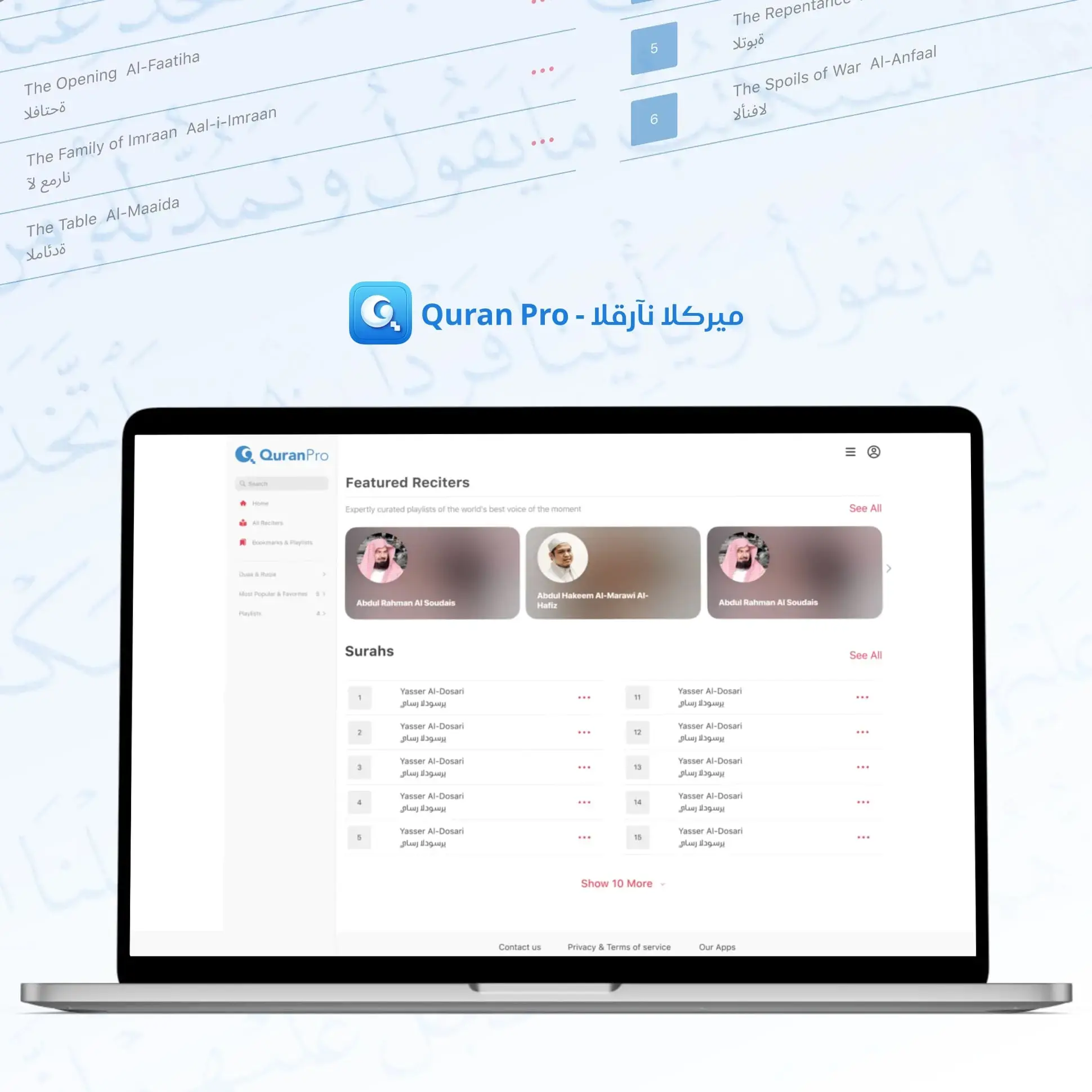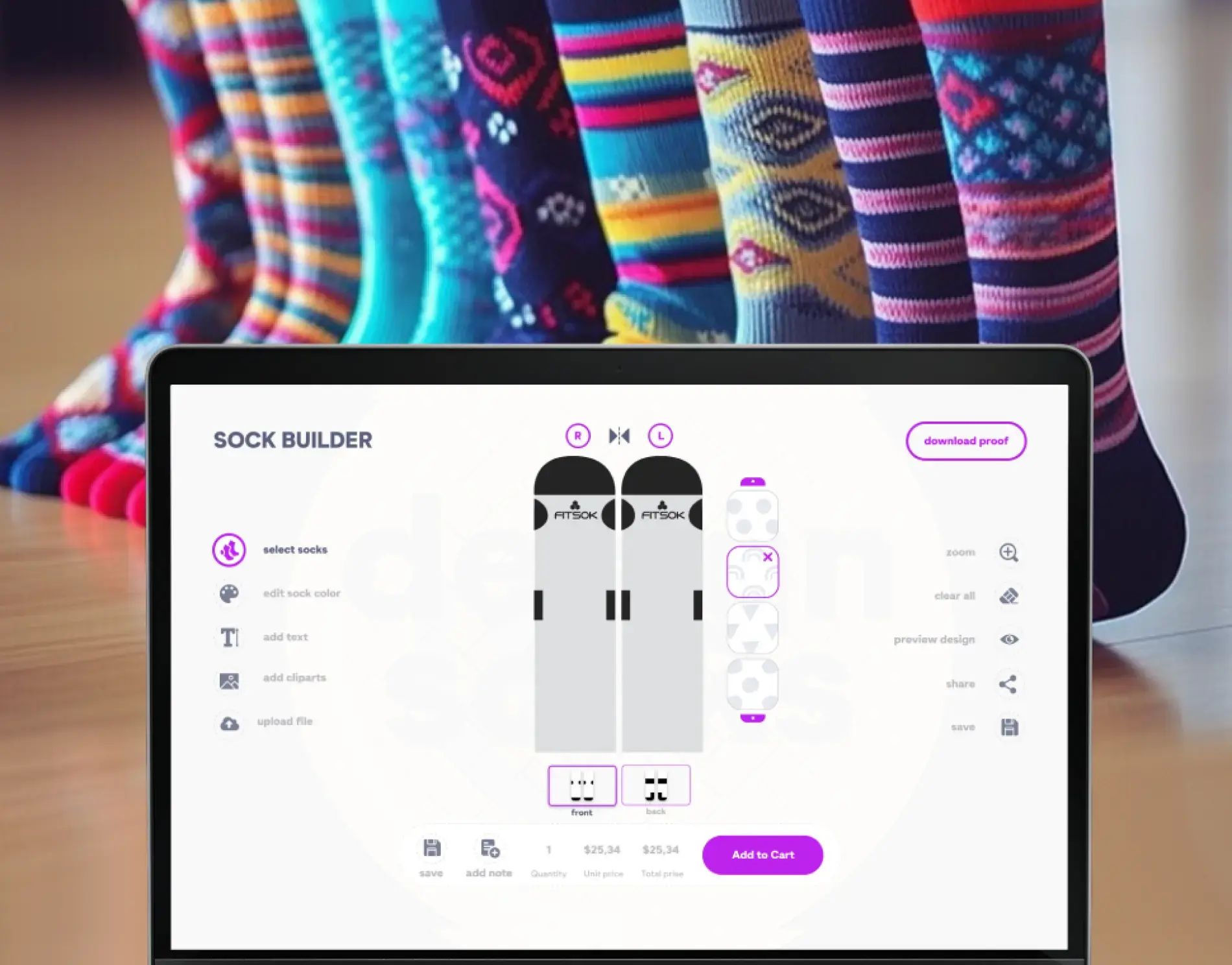
- Project Management
Web Development Team Structure: How to Build Good Team
What combination of roles and responsibilities is crucial?
January 25, 2024 | Updated on November 24, 2025 | 4 min

Alex Padalka
CEO and Co-founder at JetBase
Our Cases
Innovation isn’t just about ideas - it’s about execution, turning vision into reality, and creating solutions that truly make an impact. See what we’ve built and how it works:
- HealthCare
- Media & Entertainment
- eCommerce
- Amazon Web Services
- Cloud Cost Optimization
- Serverless Application
- Retail
- HealthCare
- Media & Entertainment
- eCommerce
- Amazon Web Services
- Cloud Cost Optimization
- Serverless Application
- Retail












